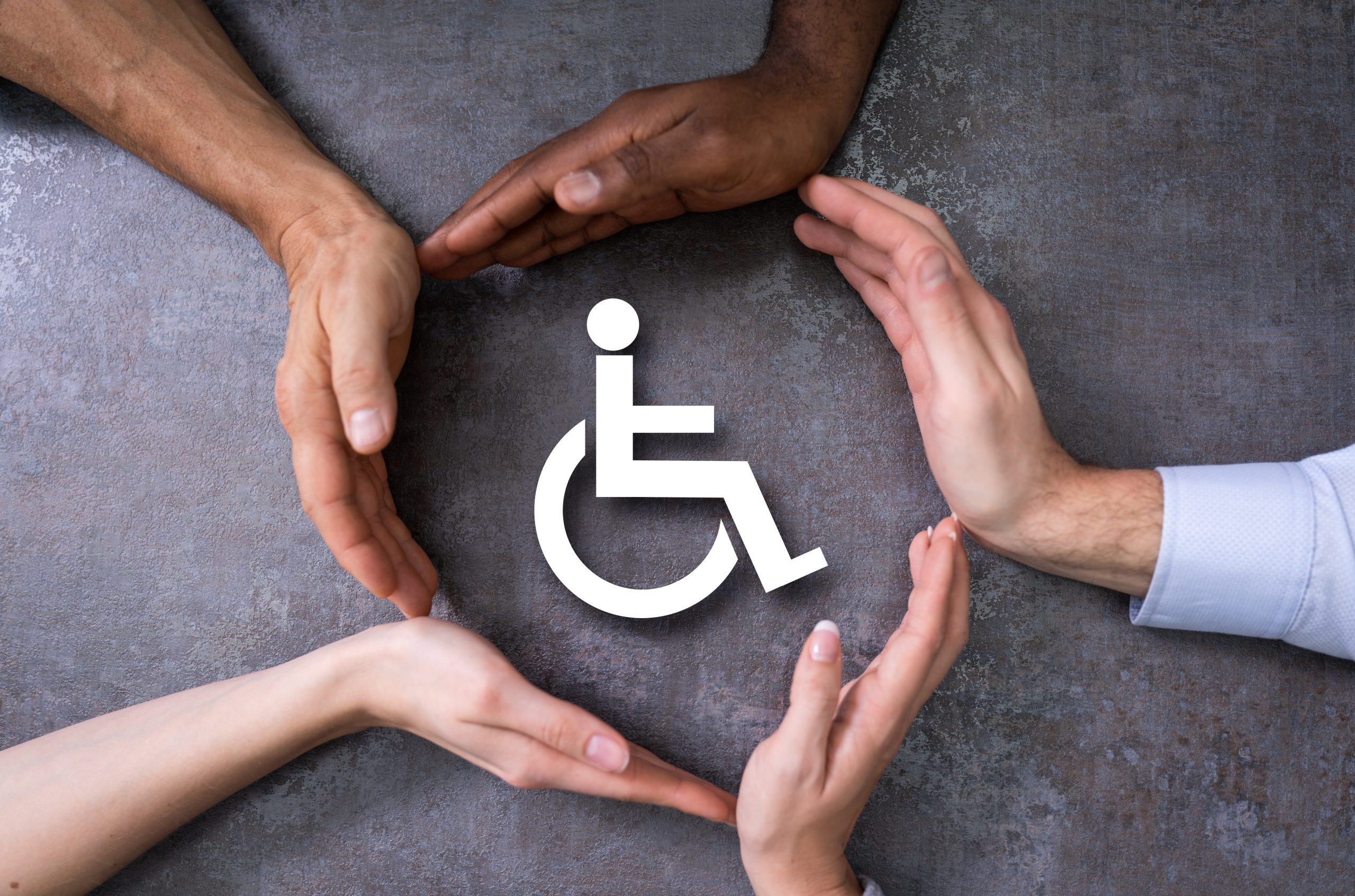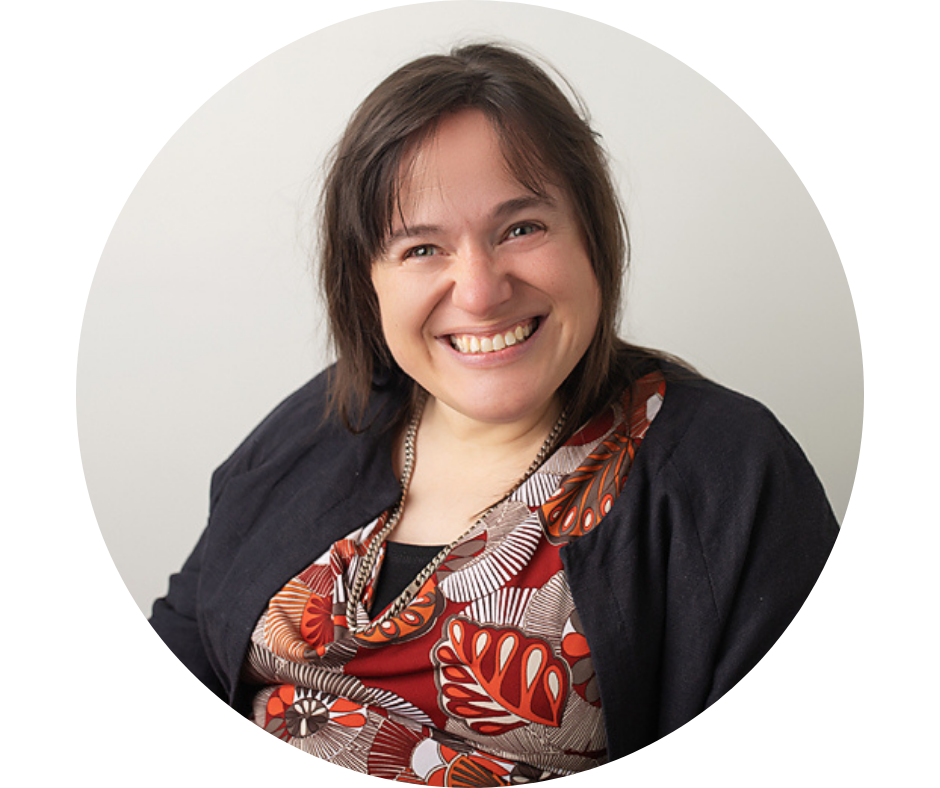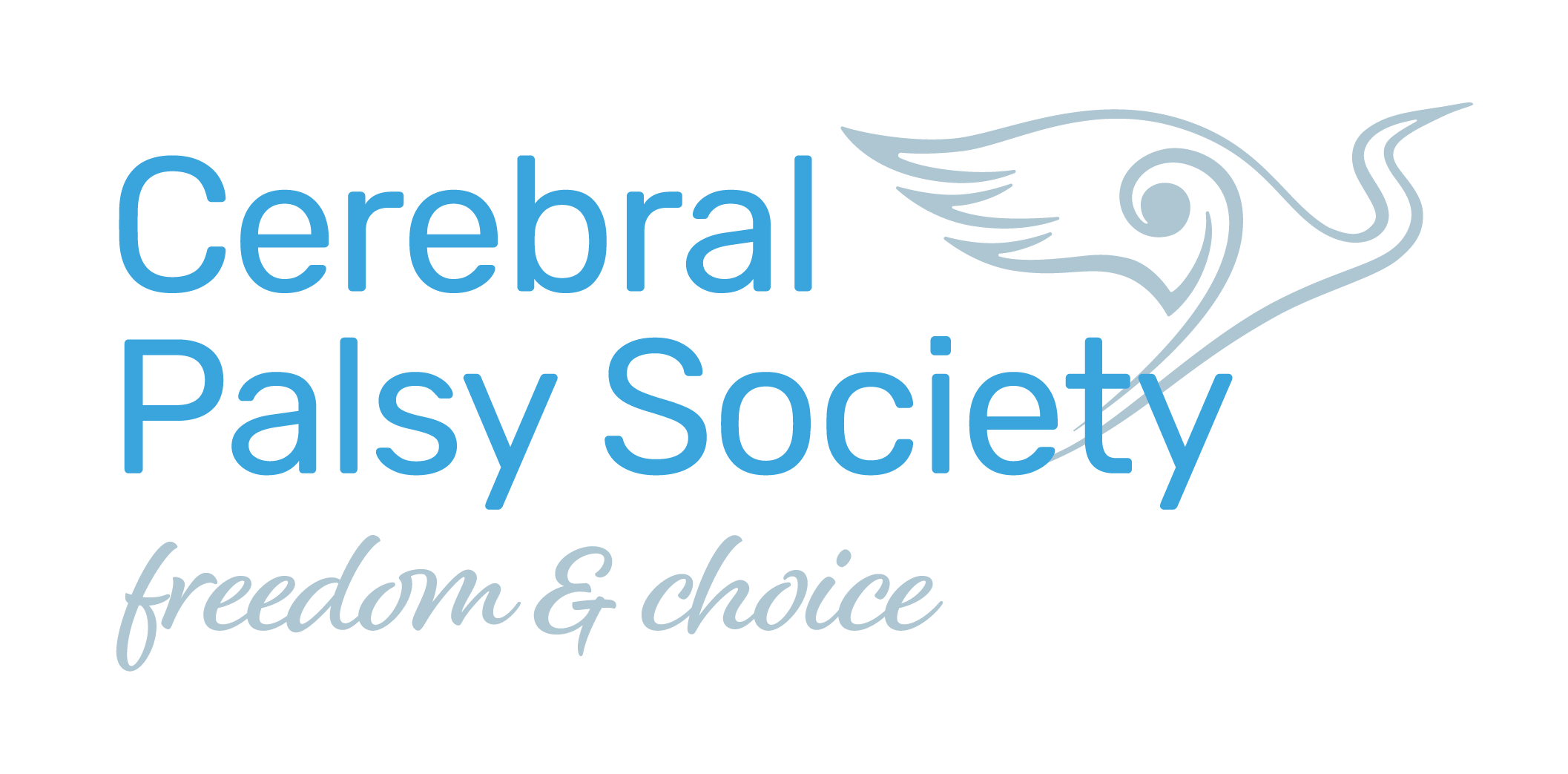NEWS & UPDATES
Motor changes and the concept of ‘decline’
19 Mar 2025
By Amy Hogan
At the Cerebral Palsy Society, one of the most frequent questions we get asked is around the idea of Cerebral Palsy – Hōkai Nukurangi changing over time. People want to know what to expect with key elements of everyday life such as transferring, movement, mobility, and comfort.
While we don’t have a crystal ball on individual experiences and contributing factors, there has been a concerted effort to gain an understanding of CP across the lifespan.
A particular focus has been on how people move and the equipment they need in their daily life and activities.
This article provides an overview of the current research (both in Aotearoa New Zealand and overseas) along with practical tips for working with a range of mobility needs and experiences. When considering changes in function or comfort, we always advise having a regular review with your GP as a starting point in case occupational or physiotherapy interventions are needed.
Defining the concept of mobility and motor decline
For a long time, mobility was seen in relatively simplistic terms as it relates to CP. Mainly, the focus was on how the individual did basic daily tasks such as moving around, eating and drinking, and accessing the community.
Typically, this is measured on scales like the Gross Motor Function Classification System (GMFCS). There is a broad focus on gross motor skills (big movements) such as transferring, and fine motor skills (smaller movements) such as feeding.
The concept of decline is often measured against these outcomes: is an individual measuring the same or has there been a change in how they do things?
Often this was a common experience for youth and adults who were transitioning from one form of mobility to another (e.g. manual chair to power chair).
However, recent research and community outreach has begun to develop a more sophisticated understanding of how and, more importantly, why we measure motor function.
One of the biggest aspects of motor function is the idea that control of muscles and tendons fluctuate depending on many factors. Changes that occur even for CP can be temporary and can range in intensity depending on the reason for the muscle tightness or weakness on either the dominant or less dominant side.
Quantifying and understanding change
Researchers have established that premature aging can be a factor that adults with CP contend with (Kumar et al, 2023).
This is due in large part to the demands placed on the body by restricted and altered movement factors, tightness around muscles and joints, and the energy required to access many elements of adulthood. These can include leaving the family home, accessing employment, and travel.
A frequent and challenging decision within the context of CP and mobility is the potential transition from one form of mobility to another. For example, I made the difficult decision to stop walking as my primary mode of mobility and start using a manual chair because this enabled me to conserve my energy going over longer distances when I was hanging out with my friends. Conversely, when the technology became available, I made the decision to have a power-assist manual chair rather than a full power chair.
From my conversations with members who use all forms of mobility aides and technology, the dilemma around needing to use different levels of equipment or caregiver support can be a universal challenge. There is an acknowledgement of the idea that you could want to do something and now that aspect is not available to you.
I often ask members to consider the most important “functional elements” of their daily life. By that, I mean what are they interested in, what brings them the most happiness and contentment.
It can be much easier to build an understanding of movement and mobility and the potential functional changes if the focus remains on what people are doing, not necessarily any potential stigma on how they are doing it.

Practical elements to consider
Everybody’s experience of CP and its trajectory is different. However, these are some practical aspects to consider when contending with or considering changes in function or mobility, especially if people are talking about ‘decline’.
We are starting to learn that there is no singular way in which mobility and movements change across the lifespan. People develop different skills and strategies while trying new things or techniques to manage changes in mobility.
General ideas
- What elements are most important for you to be able to do during the day?
- What aspects or environmental changes could make your body more comfortable in everyday life?
- What adaptations could be made to shift or change the aspect of life that is affected by the change in mobility?
- Is there an element of overuse in your dominant side?
Specific Concepts
- What are the different changes throughout the day?
- Are there extra elements of support while sitting or resting that can keep muscles and joints comfortable?
- Are there different elements of temperature control that can ease discomfort?
- Can you break up tasks around different times of the day when moving may be easier or look different?
In the New Zealand context, a variety of allied health professionals are engaged in assessing and reviewing mobility, movement, and changes. These can include physiotherapists, occupational therapists, and speech language therapists.

However, they will be guided by what you expect from the changes in movement patterns, what aspect of the day is most important to you.
There are resources that you can provide to medical professionals to consider what discussing mobility changes and elements with patients or their whanau.
Specific CP fact sheets: https://www.ausacpdm.org.au/resources/cerebral-palsy-for-general-practitioners-fact-sheets/
New Zealand database for services: https://healthify.nz/services/
From my perspective, it’s important not to consider changes in mobility and fluctuations to function as a sign of an inevitable ‘decline’ that cannot be altered or shifted.
There are some known facts around premature aging and CP, but equally there is a growing body of work looking at the beneficial and protective elements that make sure individuals can still achieve the aspects of life that are important to them.
For more information, please contact Amy at amy@cpsociety.org.nz.
 * Amy Hogan is the Cerebral Palsy Society’s Researcher and Member Support Advisor.
* Amy Hogan is the Cerebral Palsy Society’s Researcher and Member Support Advisor.

